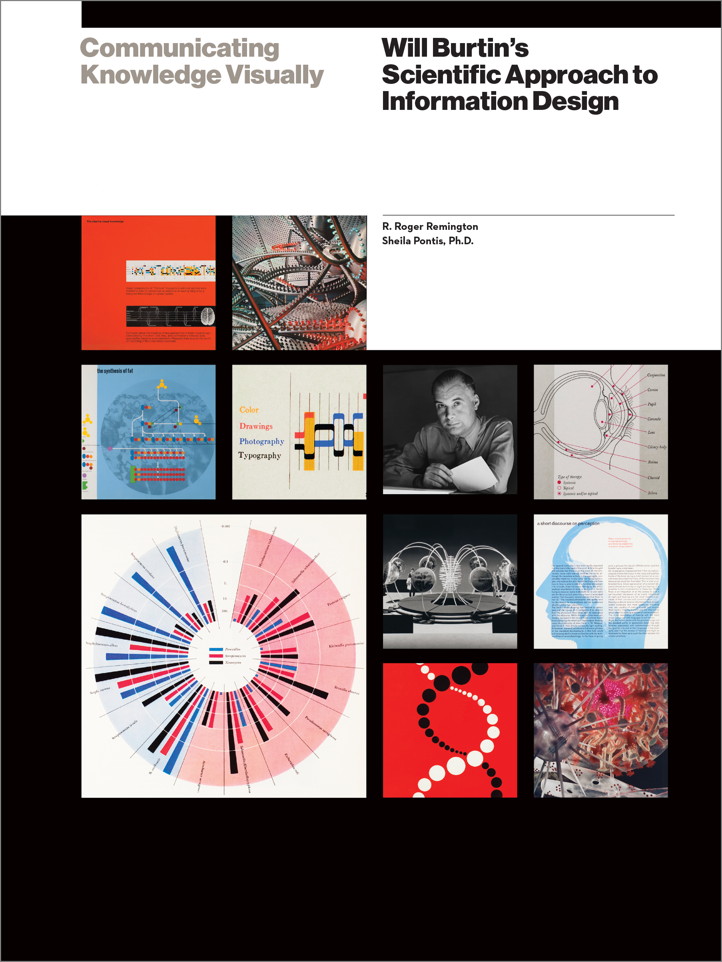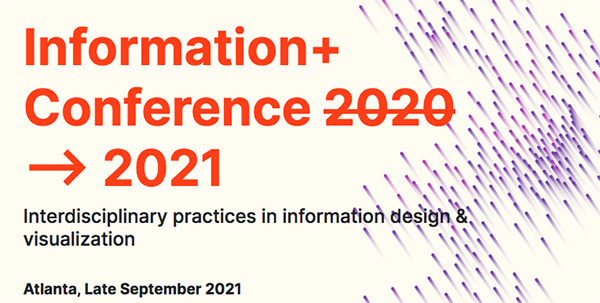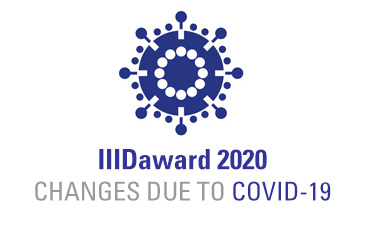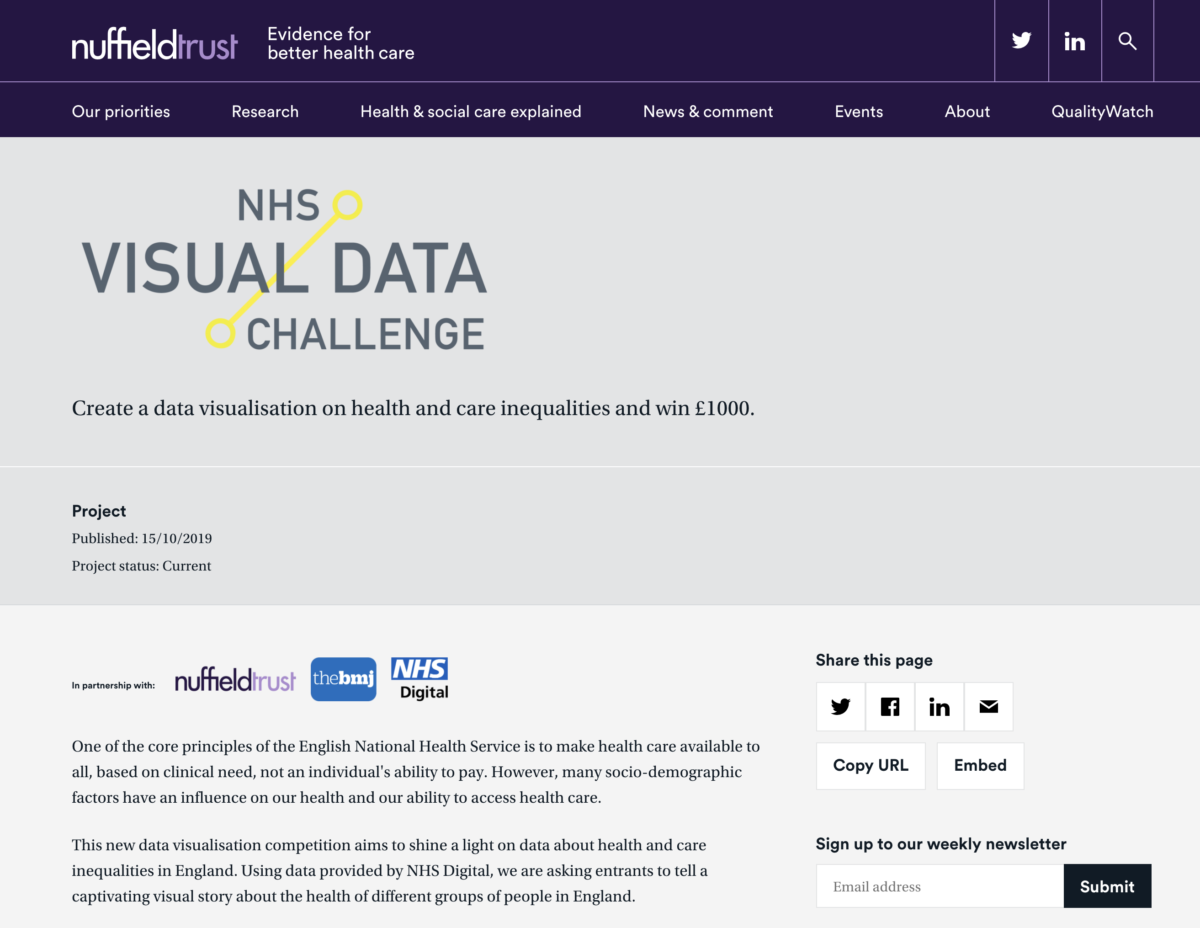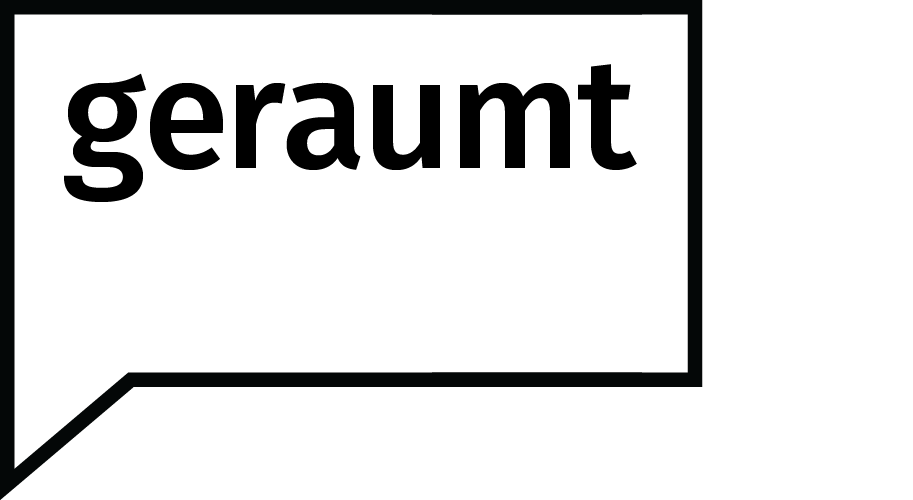This book presents a timely, in-depth examination of Will Burtin, a pioneer of information design. Using a methodical approach, the authors, R. Roger Remington and Sheila Pontis, analyze Burtin’s way of working, and nine of his seminal projects, including his exhibitions for The Upjohn Company, and diagrams for their SCOPE magazine.
Excerpts taken from Burtin’s unpublished writing offer insight into his thinking process and explain how he transformed complex scientific information into easy, accessible visual forms. Scientists, designers, educators and students will gain valuable knowledge from Burtin’s unique design approach in meeting the current challenges of communicating complexity in their respective fields.
Website: https://www.willburtin.com/
Publisher and ordering: https://www.rit.edu/press/communicating-knowledge-visually
Book launch: December 13, 2021. A recording of this launch can be seen at YouTube.

